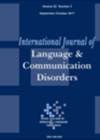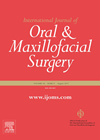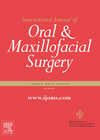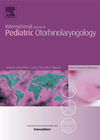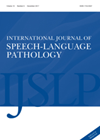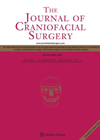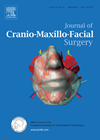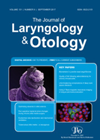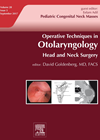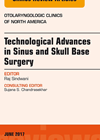
Journal Reviews archive for 2018
Relationship between early language delays and long-term outcomes
This epidemiological study from Australia, spanning 16 years, explores the influence of early language delays over time on outcomes in affected adults. Based on vocabulary skills at age five, the study population was classified into four groups: persistently good, persistently...
Risk factors in free flap failure
This is a retrospective analysis from China of 881 free flaps over nearly four years, 49 of which were ‘taken back’, 26 of which were lost, giving a 97% success rate. The commonest cause of flap failure was venous thrombosis....
Keep the condyle if you can
This is a study of 41 patients who underwent benign tumour resection and reconstruction over a four year period. Patients fell into three groups; condyle preserved, condyle sacrificed, condyle frozen in combination with a DCIA free flap. Following this, they...
Intracranial complications of otitis media – the difference between kids and adults
Despite a decrease in intracranial complications from otogenic infections since the introduction of antibiotics, there is still morbidity and mortality associated with this. This group from the Netherlands conducted a retrospective review of all the patients treated for intracranial complications...
Same, same: similarities in conversation between people with dementia and aphasia and their loved ones
This article proposes that studying the commonalities between the effect of dementia and aphasia (post stroke language impairment) on communication could result in greater sharing of clinically relevant interventions. To date the separate study has resulted in significant separation of...
Do nasal septal deviation and septoplasy affect Eustachian tube function?
The authors suggest that nasal septal deviation (NSD) or septoplasty possibly affect Eustachian tube (ET) function. They conclude this from their prospective study on 25 patients who underwent septoplasty for NSD. These patients aged above 14 years had no other...
Approach to the orbital floor: which is better?
During skeletal surgery sufficient exposure is key – often a direct approach through the overlying tissues is the easiest route. In the face, however, as the scar would be readily visible, approaches are designed to hide this. Surgical access to...
Mindfulness meditation versus relaxation therapy for tinnitus
Tinnitus, defined by McFadden as “a conscious experience of sound that originates in the head of its owner, without an external acoustic source”, has a high prevalence and variable psychological impact. It results from maladaptation of the brain to a...
Scoring system to predict hearing impairment following hemifacial spasm surgical treatment
The authors analysed brain stem auditory evoked potentials prospectively in 100 patients undergoing endoscopic microvascular decompression for management of hemifacial spasm over a period of two years. They then developed a scoring system based on electrophysiological events to predict the...
Prioritisation of surgery for pituitary tumours
This study is based on the findings of internationally renowned skull base surgeons who convened to recommend this stratification scheme. The study authors report that incidental diagnosis of pituitary tumours during routine imaging as well as early identification of visual...
Managing the most common branchial arch anomaly
This article is a well written, helpful summary of the management of the most common branchial anomaly in children – the second. These are characterised as cysts, sinuses or tracts between the anterior border of sternocleidomastoid, coursing between the internal...
Stenting and sinus surgery
Stents are used in sinus surgery with the aim of maintaining patency of sinus cavity avoiding restenosis from inflammation or scarring. The exact indication for stenting in sinus surgery however is still debated. The authors discussed the potential role of...

